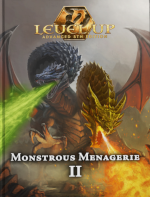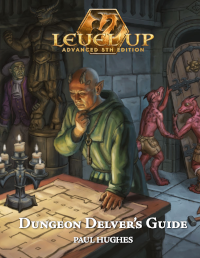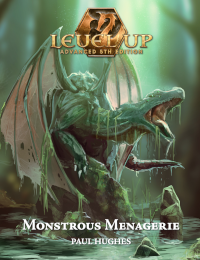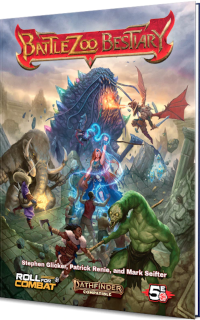Elsewhere, I’m reading Little Women – slowly – and blogging about it in excruciating detail. Little Women may seem like an unlikely source for D&D inspiration, but that’s because you’ve forgotten that Every Book’s a Sourcebook.
 Here’s a passage that Little Women‘s author, Louisa May Alcott, liked so much that she put it, or something very close to it, in two books (Little Women and A Long Fatal Love Chase):
Here’s a passage that Little Women‘s author, Louisa May Alcott, liked so much that she put it, or something very close to it, in two books (Little Women and A Long Fatal Love Chase):
Valrosa well deserved its name, for in that climate of perpetual summer roses blossomed everywhere. They overhung the archway, thrust themselves between the bars of the great gate … Every shadowy nook, where seats invited one to stop and rest, was a mass of bloom, every cool grotto had its marble nymph smiling from a veil of flowers and every fountain reflected crimson, white, or pale pink roses, leaning down to smile at their own beauty. Roses covered the walls of the house, draped the cornices, climbed the pillars, and ran riot over the balustrade of the wide terrace, whence one looked down on the sunny Mediterranean, and the white-walled city on its shore.
Valrosa sounds like a beautiful city: overgrown with flowers, perhaps so overgrown that it is in fact abandoned. What if my campaign’s Undead City, instead of being a depressing gray ruin overrun with ghouls, is a beautiful, sweet-smelling garden city overrun with ghouls? White roses climb up the city’s walls and choke the alleyways. They blossom through the eyesockets of ghoul-devoured corpses in the street. A cool grotto with a flower-covered marble nymph sounds like a great place for the fleeing PCs to get beset by skeletons.









